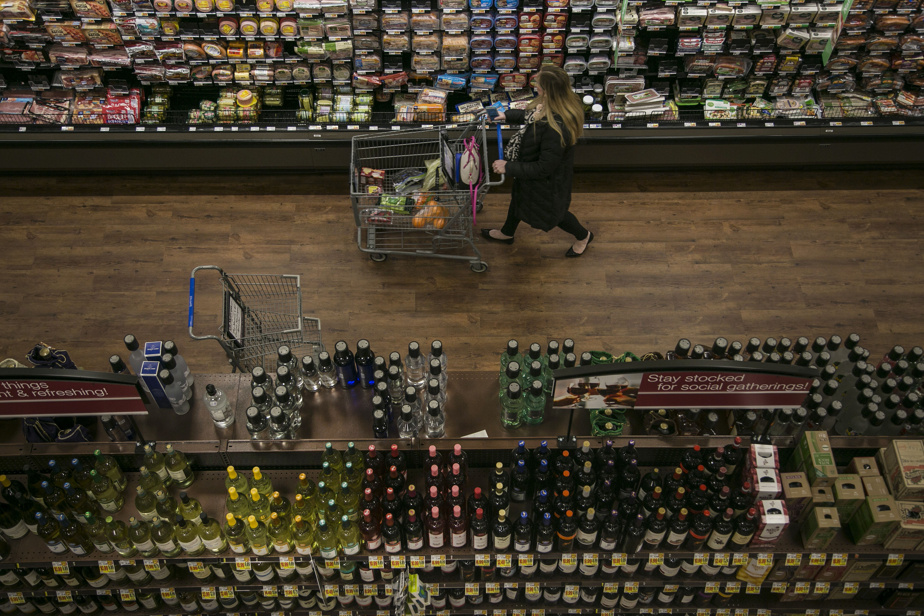(Washington) Inflation accelerated in August in the United States, for the second month in a row, driven by the rise in gasoline prices at the pump, according to the PCE index published Friday by the Department of Trade, which is the Fed’s preferred measure.
Inflation stood at 3.5% year-on-year, compared to 3.4% in July (data revised upwards). Over one month alone, the price increase was 0.4%, as expected, compared to 0.2% in July.
But, excluding volatile energy and food prices, so-called core inflation is slowing, to 3.9% over one year compared to 4.3% in July, the lowest in almost two years.
PCE inflation is the one that the American central bank (Fed) is particularly looking at, which wants to bring it down to 2.0% over one year. It is published later in the month than another index, the CPI, which refers to and on which pensions are indexed.
Both measures moved in the same direction in August, as the CPI also saw a second month of growth, at 3.7% year-on-year, with core inflation slowing.
Separately, U.S. household spending slowed last month, growing 0.4%, after rebounding 0.9% in July. Their income started to rise again, 0.4% compared to 0.2%.
At the end of its last meeting on September 20, the Fed showed itself to be less optimistic than before about the trajectory of inflation, the slowdown of which could be less rapid than expected.
It thus announced that rates would be maintained at their current level, the highest in 22 years, but forecasts an additional increase in rates by the end of 2023, and sees them remaining higher in 2024 than what it previously anticipated.
Because the slowdown in inflation could be slower than hoped. After slowing down for a year, price increases rebounded this summer in the United States, due in particular to the global rise in oil prices.
